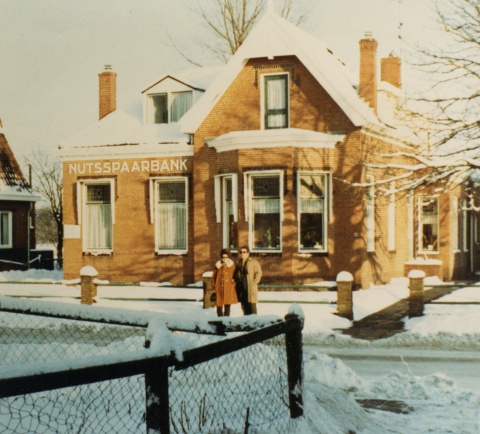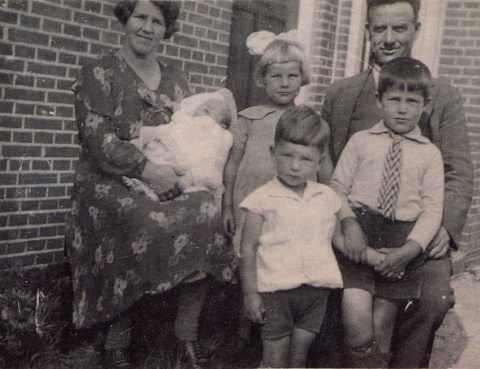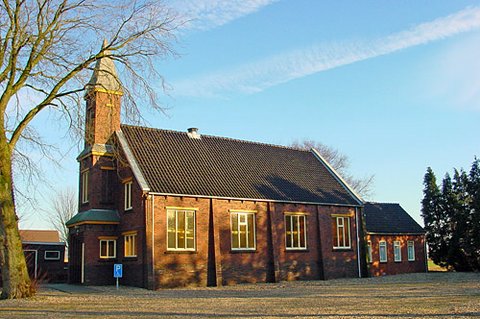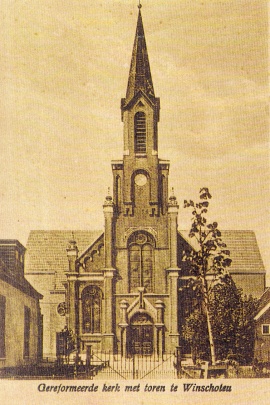
Sense's Reminiscences
by Sense de Jong
- Geurt
- Tante Betje (by Sense)
- Tante Betje (by Truus)
- Miss Roozendaal
- Concert in Winschoten
- A baptism remembered
- My birdhouse
- War veterans
- Henk Smit - bass/baritone
- Stefan
- In memory of Herman - I
- In memory of Herman -II
- Remembering AK
- Our love for music
- Herman - Promoter of Christian Causes
- A Salem evening with Herman de Jong
- From Elsinore to Monschau
- A Danish Treat
- Glimpses of Thuringia and Saxony
- Domie and Hansie
- La Manche, Newfoundland
- Bermuda - Isle in the Sun
- 1932 and 1934
- 1940 - 1945
- Winschoten, Grace on the Venne
- 1948
- Johann Sebastian Bach
- From Generation to Generation
- Seven children and a harmonium
- K.P. - A Man of Enterprise
- Cuba and the tragedy of the MS St Louis
- It all began in Norwich, Ontario
Another site by Sense de Jong:
~ Hinne de Jong ~
A Chronicle
Sites by Henry de Jong:
~ Herman de Jong ~
Memorial
~ Newmaker Notes~
Writings, Pictures, Collections
~ AACS/ICS Niagara Conferences~
1970 - 1991
The village of Vlagtwedde lies in the south-east part of the province of Groningen, the Netherlands. Brother Cees was born in 1926 in nearby Veelerveen. Sister Truus (1928), brother Herman and I were born in Vlagtwedde. Fortunately, with the help of computer technology, I recently obtained a digital image of the parental home of the de Jongs. My older siblings told me that it was a rather prominent home in town. It even had a name: Casablanca!

One day in 1932 the whole population of the area was atwitter at the prospect of a visit by the Queen of the Netherlands, Queen Wilhelmina. Flags and orange bunting were everywhere. Schools were closed. Families from far and near were waiting along the main streets. Is she coming yet?
At last, a buzz went through the crowd and soon the familiar cry, "Leve de Koningin!, (Long live the Queen!)," was heard. The kids started waving their little red, white and blue flags.
Wine (my mother’s name) de Jong, mother of two youngsters heard it, too! She was nine months pregnant and resting in bed. A nurse was with her and tried to restrain her. But then you don’t know my mother. "What?’ she shouted, "I want to see her too!" And she flew outside joining the cheering crowd. That day "Hermantje" was born. He was by no means small: he weighed twelve pound and looked like a three-month old baby!
Two years later, in 1934, my mother was again pregnant. The baby was due in July. Wine had been well. On July 18 she called the special village nurse, who notified the doctor.
But what to do with the kids? Baby Herman was sound asleep and they decided to leave him alone. My parents made a big decision. They gave both Cees and Truus a nickel and a dime and were told to go to the "kermis" (fair) next to the "Hervormde Kerk" (the old Reformed Church) in Vlagtwedde. And they were told to stay there! In those days, no Reformed Protestant people – let alone kids – thought of going to such a wordly place as a "kermis." It was off-limits, totally "verboten," to go or be there! Hand in hand, Cees and Truus left, totally surprised.

Tante Betje, a close family friend, who often helped at the de Jong home (see the story "Tante Betje" above), picked them up at the fairground and took them to her home. Cees and Truus were treated to Tante Betje’s concoction of "boerenkool met gort" (a mashed mixture of kale leaves and grits). They couldn’t stand the stuff. But Tante Betje said: "Opeten! (Eat up!)."But when she told Cees and Truus there would be a surprise waiting for them at home their eyes lit up. What could it be?
After supper, Tante Betje took the kids to the de Jong home. Rumor has it that little Herman was still asleep (a common occurrence all his life). But then Cees and Truus started jumping up and down upon learning that the Lord had brought a little baby boy into the de Jong family. They were so happy that they now had two little brothers. Pa and Moe de Jong searched for a name for this "jonkje (little boy)." They settled on the name of Wine’s father, Sense Blokzijl. I guess it was his turn to be re-named. Ergo, the name, Sense! My mother had many siblings. There are, or have been, many Senses. I have a photo with five Senses on them. But there’s only one Canadian Sense. It made sense to call him Stan.
During the years in Veelerveen and Vlagtwedde, the de Jong family were members of the "Gereformeerde Kerk" (Reformed Church) in a little village called Weite, close to the German border, between Vlagtwedde and Boertange. Cees, Truus, Herman and I were all baptized in that church. (Note: While writing this story (2014), I learned that Herman's future wife, Stiny van der Laan, was also baptized here. The van der Laan family lived on a farm not far from Weite during the early 1930s.)

Dad served as a deacon in this church. As kids we often noticed how his hands often shook when he was eating with us, or when holding the Bible. That led to a funny incident. One Sunday it was Dad's turn to serve as a deacon. In those days it was common in many churches to collect the money in pouches that hung from the end of nicely-finished long poles. This was the first Sunday to do this for my Dad. He had observed how other deacons did their work. Each deacon picked up a pole hanging on a hook on the wall close to the pulpit. They entered the aisles and, starting from the front, they negotiated their poles into every row starting by the aisle and moving them deeper into the row. Then, hand over hand, they pulled their poles back, lifting them over the heads of the people and then lowered them into the next row. One had to be pretty steady to do that, you might hurt people! Guess what happened: my Dad promptly knocked off a hat parked on the head of one of the church's leading ladies! What happened after that I don't know. I don't even know if my Dad ever made himself again available for collection duties. I do know that, today, a plaque is hanging in the foyer of the church which honours the office bearers who were serving in the consistory at the time the church reopened after renovations during the early 1930s. And among the list of names is the name of my Dad, Hendrik de Jong!

A few weeks later the de Jong family moved to nearby Winschoten, a small city a little to the north, where my Dad took up another position with his company. That September Cees and Truus started their elementary education at the "Hoogklei" Christian School. The de Jong family joined the Gereformeerde Kerk on the Venne in Winschoten. And this is where we lived all during the Second World War. Who would have known then that Pa and Moe de Jong would be blessed with two more children, brother Jakob (Jaap) born in 1943, and sister Hendrika Hebowina (Hennie) born in 1945.
[an error occurred while processing this directive]